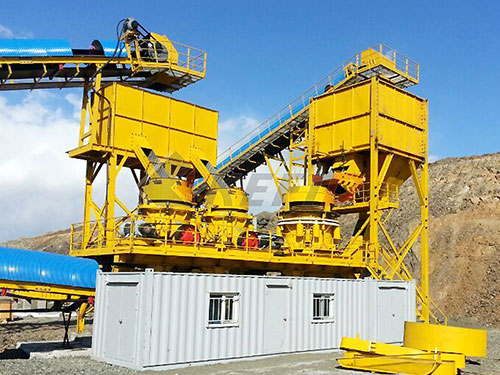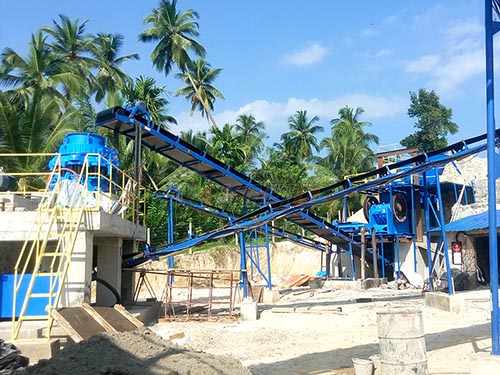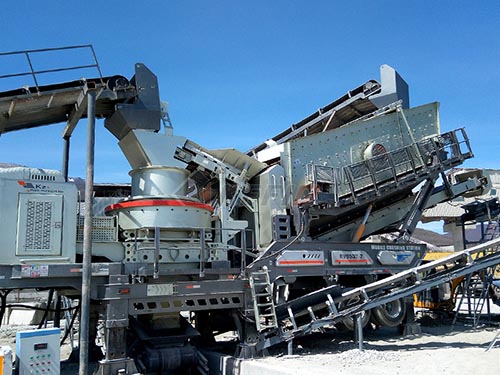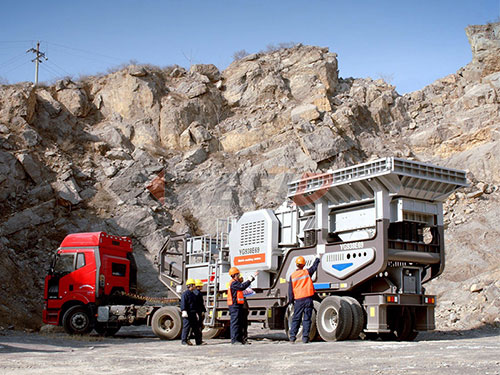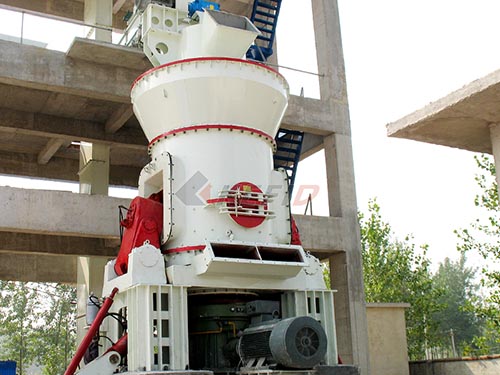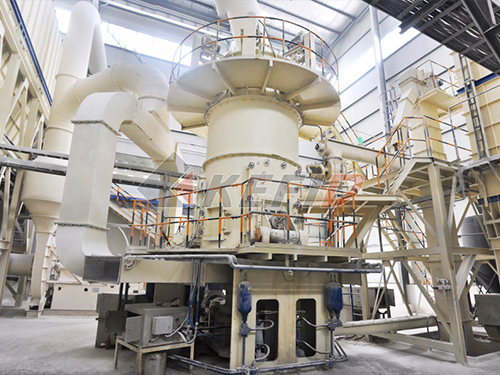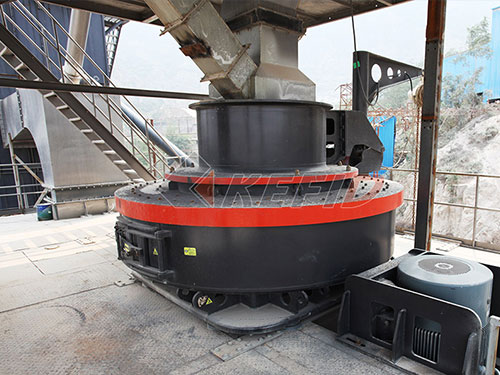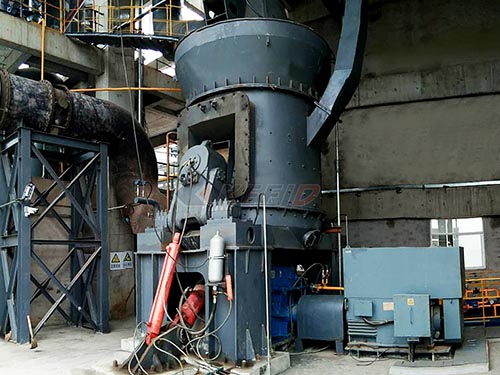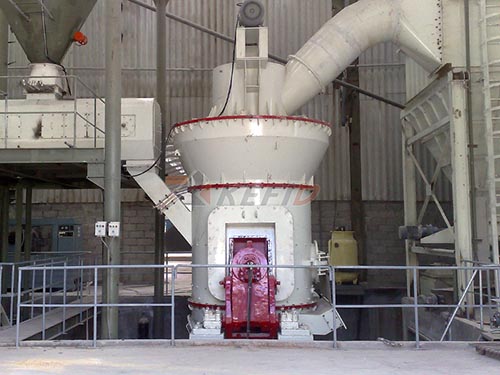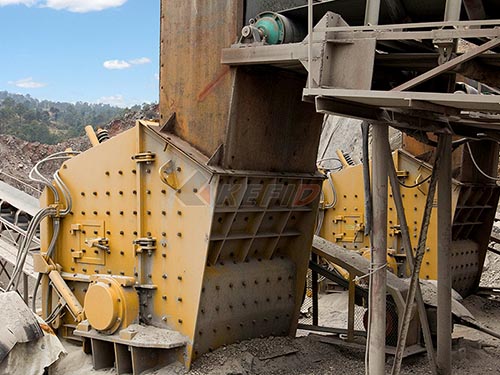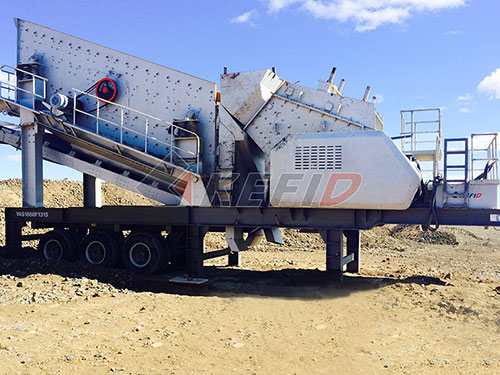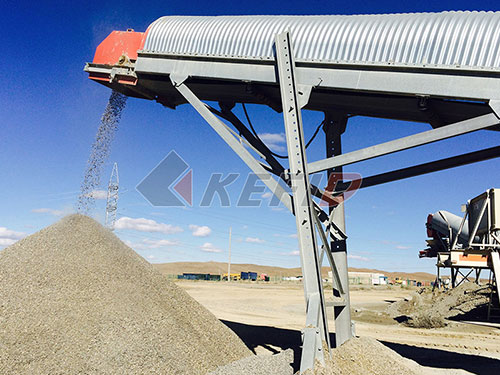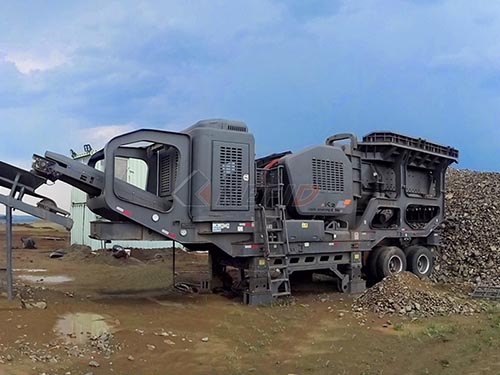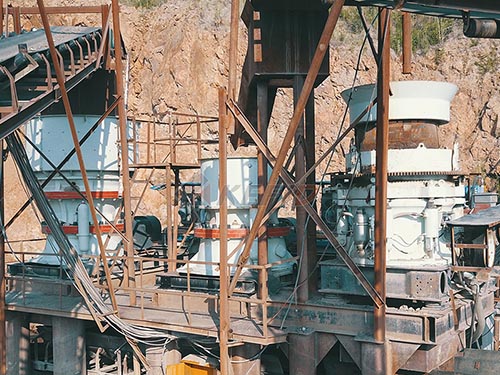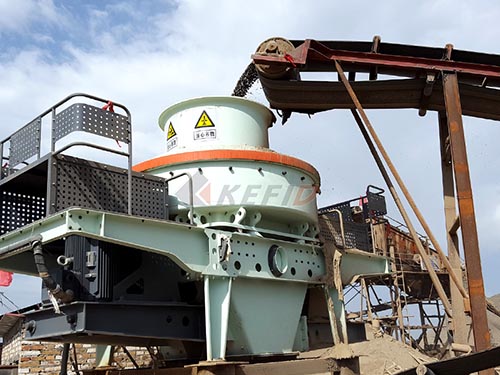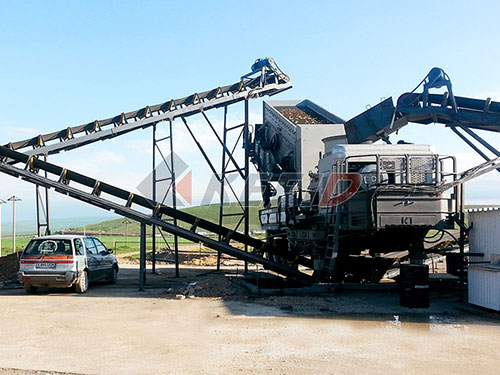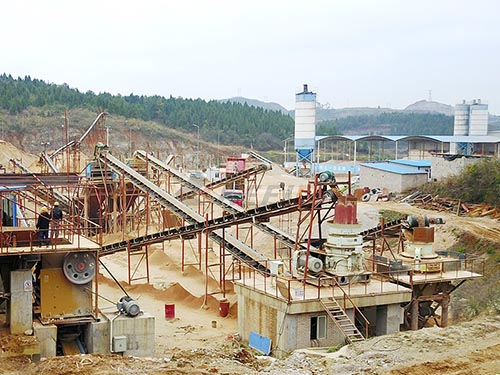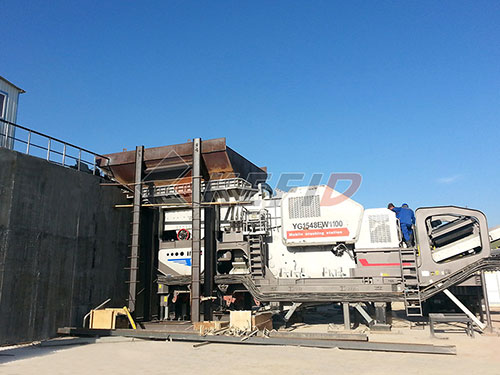Cedar Rapids Jaw Crusher: The Enduring American Workhorse of Aggregate Processing
In the rugged world of aggregate crushing and mining, where relentless forces meet unforgiving materials, few names resonate with the same legacy of durability and sheer brute force as Cedar Rapids Jaw Crusher. More than just a machine, it represents an era of robust American engineering designed to last decades under punishing conditions.
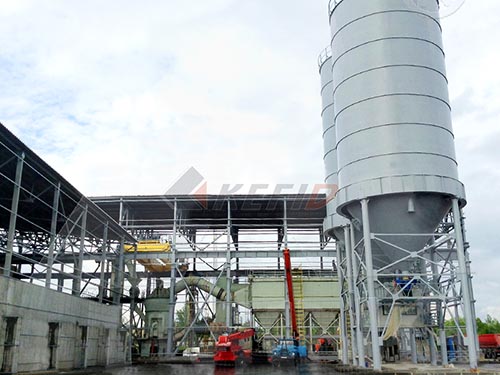
A Legacy Forged in Iron
The story is intrinsically linked to Iowa Manufacturing Company, founded in Cedar Rapids, Iowa, in the early 20th century (later acquired by Terex® and now part of the Terex® Minerals Processing Systems portfolio). Their jaw crushers quickly gained renown for their simple yet incredibly strong design principles:
1. Overhead Eccentric Design: Unlike many competitors utilizing an eccentric shaft below the pitman arm, Cedar Rapids crushers often featured an overhead eccentric configuration (though designs evolved). This placed critical components like the main shaft and bearings above the crushing chamber, theoretically offering better protection from dust and debris ingress.
2. Massive Cast Steel Construction: These weren’t lightweight machines. components – frames, pitman arms (connecting rods), toggle seats – were frequently massive castings or heavy fabrications designed to absorb immense shock loads without failure.
3. Heavy-Duty Roller Bearings: Critical for handling high radial loads generated by jaw movement and material compression.
4. Replaceable Wear Parts: Cheek plates (liners), jaw dies (plates), and toggle plates were designed for straightforward replacement as they wore down from abrasion.
The Heart of the Beast: Crushing Mechanics
Like all jaw crushers, Cedar Rapids models operate on a fundamental principle: compressive force generated by two vertical jaws.
Stationary Jaw: Fixed rigidly to the main frame.
Moving Jaw: Mounted on an oscillating pitman arm driven by an eccentric shaft.
Toggle Plate(s): A critical safety component acting as both a mechanical fuse and an integral part of the linkage driving the moving jaw’s elliptical motion.
Material fed into the top opening (“gape”) is crushed between these jaws as they move towards each other (“closed side setting” determines output size). The crushed product exits through the bottom discharge opening (“closed side setting”).
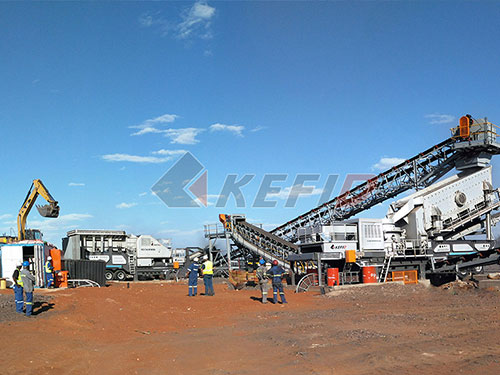
Why “Cedar Rapids” Still Matters Today
While newer designs incorporating hydraulic adjustment and tramp iron relief exist, older Cedar Rapids jaw crushers remain highly valued assets on job

